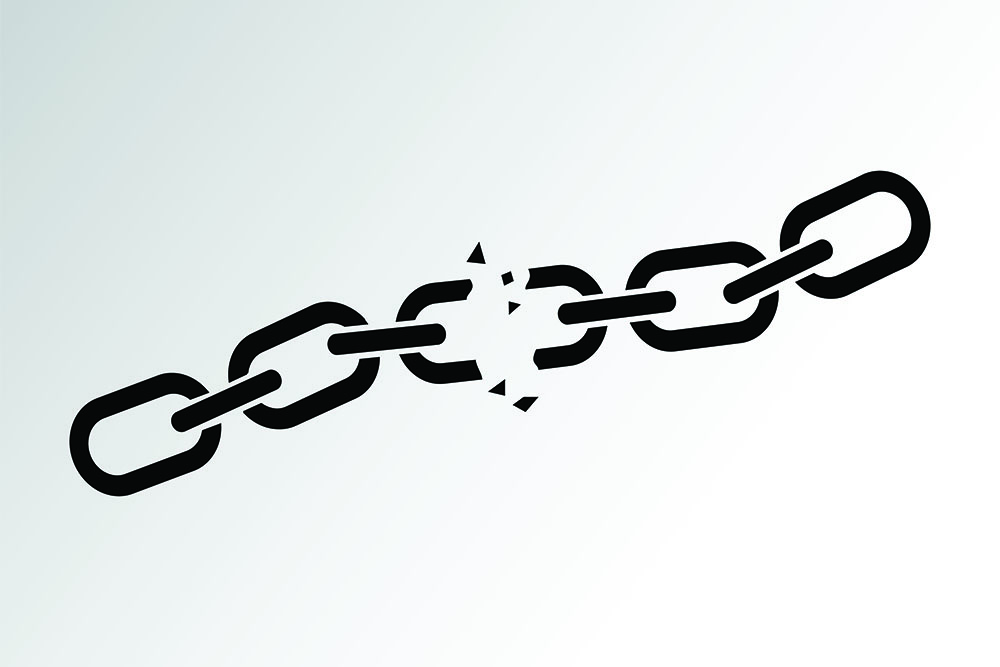Distraction is one of the most significant and constant enemies of productivity. Some estimates say it can take as much as 23 minutes to get refocused on a task after a distraction. Obviously, in certain workplaces prone to frequent distractions, that can eat up the bulk of a day if not controlled.
Workers at Home Also Subject to Distraction
While many proponents of remote work argue that workplace distractions should naturally decrease with employees working from home offices during the COVID-19 pandemic, anyone with a home office—and especially those with children at home because of the pandemic—can attest to the fact that there are plenty of distractions at home, as well.
The truth is that distractions can come in any environment. While there is certainly an external component to distraction—think of working in a noisy public space—there is a powerful internal component to distraction, as well. In other words, we can take control to minimize the impact of distractions.
Taking a Proactive Stance Against Distractions
In an article for Forge, Nir Ayal discusses the distraction cycle that plagues so many workers around the world and across all industries, as well as moves workers through a cycle of distraction, a lack of time, and frustration that can be hard to break. “The vicious cycle of distraction is what creates the feeling of not having enough time,” Ayal writes. “The more distracted we are, the more frustrated we feel and the more prone we become to distraction.”
Ayal recommends attacking the cycle at the distraction portion by finding actions that bring traction as opposed to distraction. A key example is putting together a schedule, which Ayal recommends over simple to-do lists. A schedule helps keep its maker on track when distractions might lead the person down a time-consuming rabbit hole that threatens to eat up large portions of the day.
There will always be distractions in life, whether one is working from a structured office or a chaotic home. But even after quieting the kids, turning off the TV, and logging out of social media, distractions can persist if one is caught in a distraction cycle. The key is to find some traction to help break the cycle and avoid the frustration that helps perpetuate it.

